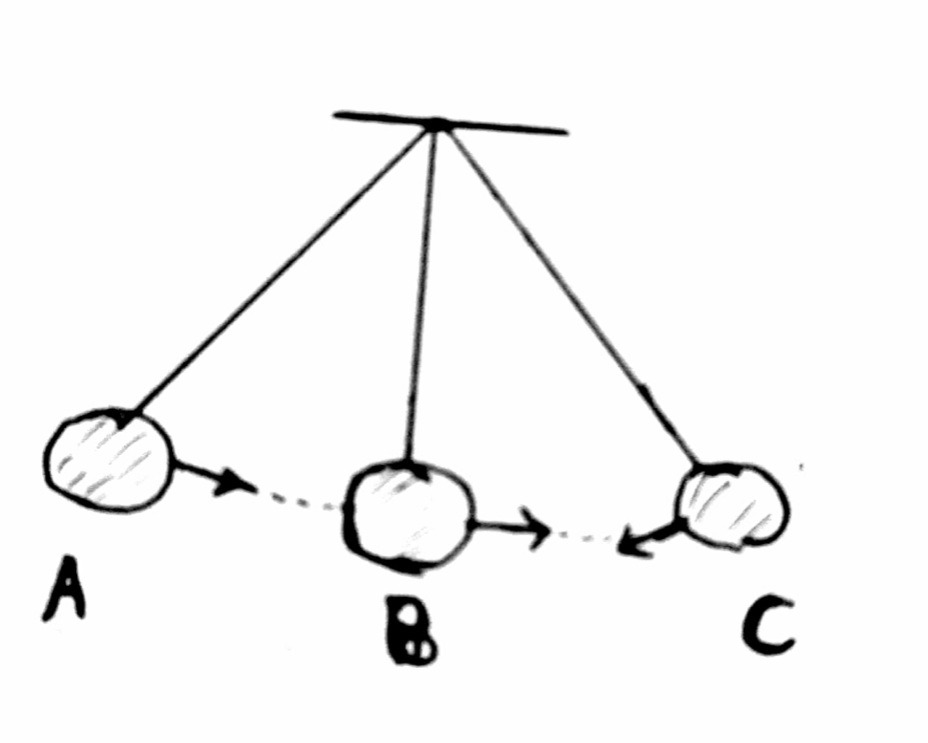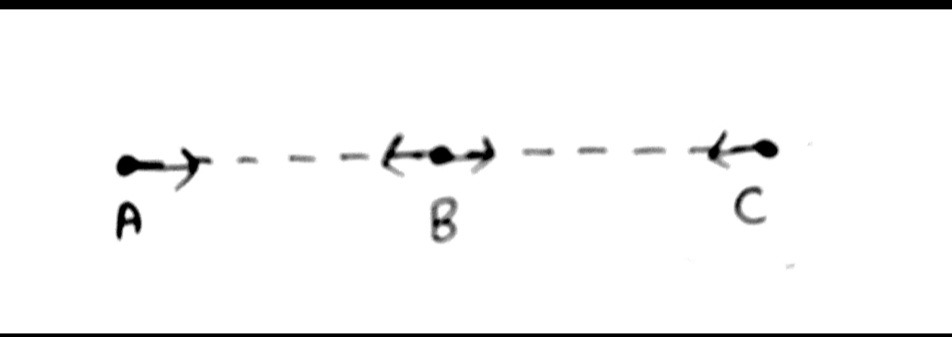Question
Question: A simple pendulum makes 10 oscillations in 20 seconds. What is the time period and frequency of its ...
A simple pendulum makes 10 oscillations in 20 seconds. What is the time period and frequency of its oscillation?
Solution
The approach to solve this question is using relation of frequency with time period that is f=T1 where f is the frequency and T is the time period, and unitary method , so putting values in formula is easy let us know little about unitary method which will also help you in the further problems.
Let us understand this concept with a basic example, assume that you are going to buy 12 balls cost 20 rupees so, 6 balls cost how many rupees:
For 12 balls we have 20 rupees
12→20
For single for we have:
1→1220=35
So, for 6 balls we have,
6→6× 35 =10 rupees
Based on the above two concepts we will solve our question in an easy way.
Complete solution step by step:

According to the question given let us discuss some of related terms with this question
Simple Pendulum is a very small heavy bob suspended at a point from a fixed support using a single thread so that it oscillates freely. The distance between the point of suspension and bob’s centre is
the length of pendulum
One oscillation: One complete to and fro motion of the oscillating body is called one oscillation.
Frequency: It is the number of oscillations made by the body in one second.
Time Period: It is the time taken by a body to complete one oscillation.
So, let's follow the calculations
As mentioned, 10 oscillations in 20 seconds
10→20 1→2010=0.5sec
So, for a single oscillation time taken or what we say time period is 0.5 seconds.
Further calculating frequency
f=T1 =0.51=2hz
So, frequency is 2 hertz.
Note: The motion discussed above is considered in simple harmonic motion.
Let is discuss some important parts regarding this motion:
To study the motion of bob we use sine wave forms which comes from a derivation
The formula used for calculating displacement in simple harmonic motion is
s=Asinωt where A is the amplitude or maximum displacement possible, w is the angular frequency and t is the time take to reach there so, by considering this formula our motion becomes like to and fro like in the diagram given where particle moves from B to C , then C to B , B to A , then back to B and this is called one complete cycle.

